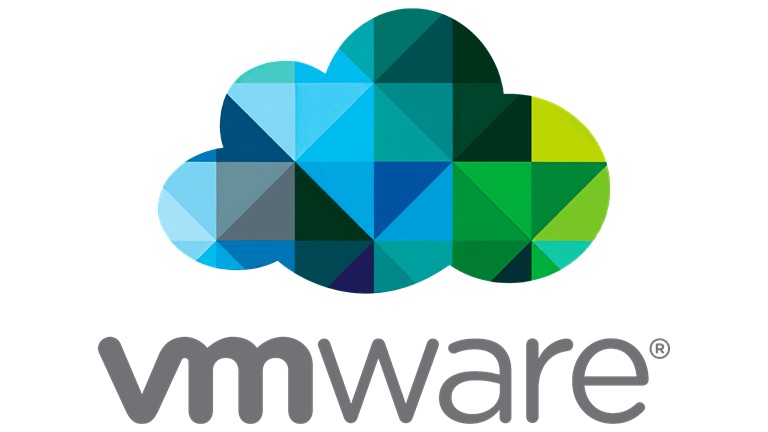Course Introduction:
- Introductions and course logistics
- Course objectives
Virtualization and vSphere Concepts:
- Describe how virtual machines (VMs) work
- Recognize the purpose of a hypervisor
- Describe how VMs share resources in a virtualized environment
- Recognize the components of an SDDC
- Describe the relationship between vSphere, the SDDC, and cloud computing
- Recognize the functions of the components in a vSphere environment
- Access and view vSphere graphical user interfaces
- Identify VMware solutions that integrate with vSphere in the SDDC
Navigating the vSphere Client:
- View and organize the inventory objects managed by vCenter Server
- Add and assign vSphere licenses
- Change the log level of vCenter Server
- Edit the startup policy of ESXi services
- Describe how vCenter Server roles and permissions work
- Add permissions to virtual ma
Lifecycle of Virtual Machines:
- Add and remove VM virtual hardware components
- Identify the purpose of different VM files
- Configure VM settings
- Create and delete virtual machines
- Recognize the benefits of installing VMware Tools™
- Install VMware Tools into a guest operating system
- Upgrade VMware Tools and VM hardware compatibility
vSphere Networking:
- Describe virtual networking
- Recognize ways that virtual switches connect VMs and ESXi hosts to the network
- View components and properties of a vSphere standard switch configuration
- View a vSphere distributed switch configuration in vSphere Client
- Recognize when and how to use the settings for the security networking policy
- Recognize when and how to use the settings for the traffic shaping networking policy
- Describe how the NIC teaming and failover policy helps maintain network connectivity
- Perform basic checks to diagnose VM connectivity issues
vSphere Storage:
- Describe the function of a datastore
- Recognize types of vSphere datastores
- View datastore information in vSphere Client
- Monitor datastore usage in vSphere Client
Virtual Machine Management:
- Recognize the benefits of using VM templates
- Create and update a VM template
- Deploy a VM from an existing template
- Clone a virtual machine
-Recognize how to use guest OS customization specifications
- Deploy VMs from a content library
- Deploy a virtual appliance from an OVF template
- Perform a hot and cold migrations of VMs
- Identify requirements for using VMware vSphere® Storage vMotion®
- Perform a vSphere Storage vMotion migration
- Identify use cases for VM snapshots
- Create and manage snapshots of a virtual machine
Resource Monitoring:
- Recognize the purpose of each type of VM resource control
- Configure the resource allocation settings of a VM
- Observe the behavior of virtual machines with different share values
- Manage and acknowledge vSphere alarms
- Use performance charts to monitor VM CPU and memory usage
- Monitor tasks and events in vSphere Client
vSphere Clusters:
- View information about the services that a vSphere cluster offers
- Recognize how vSphere HA responds to different types of failures
- Monitor vSphere HA during a host failure
- Describe how vSphere DRS works
- Interpret DRS scores given to VMs
- Recognize how to apply the appropriate vSphere DRS automation and migration threshold levels
- Describe how vSphere Fault Tolerance works
- Recognize how Enhanced vMotion Compatibility works


